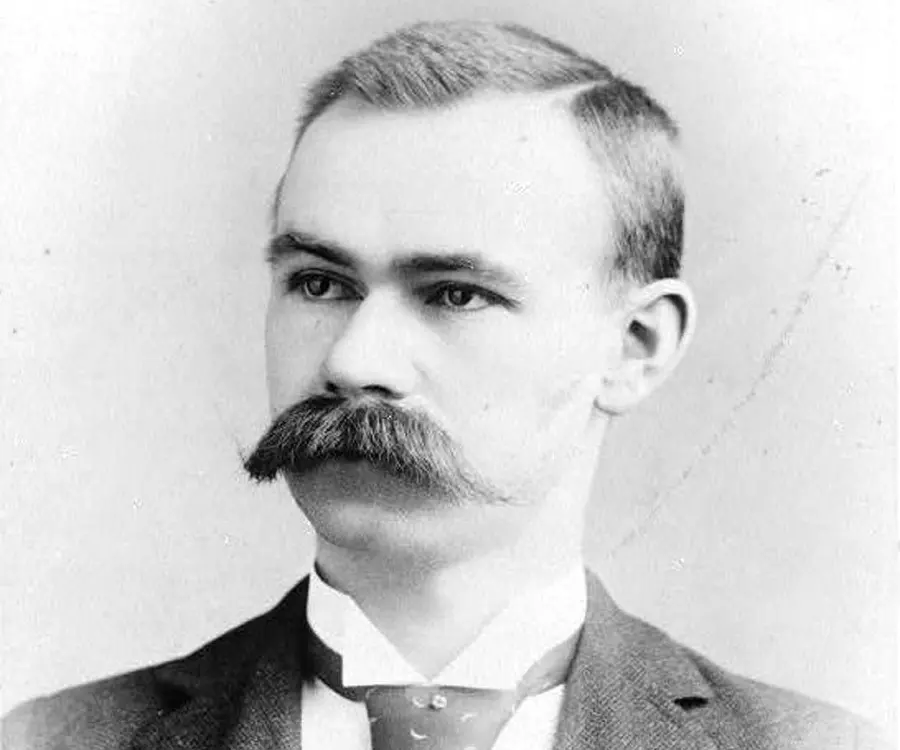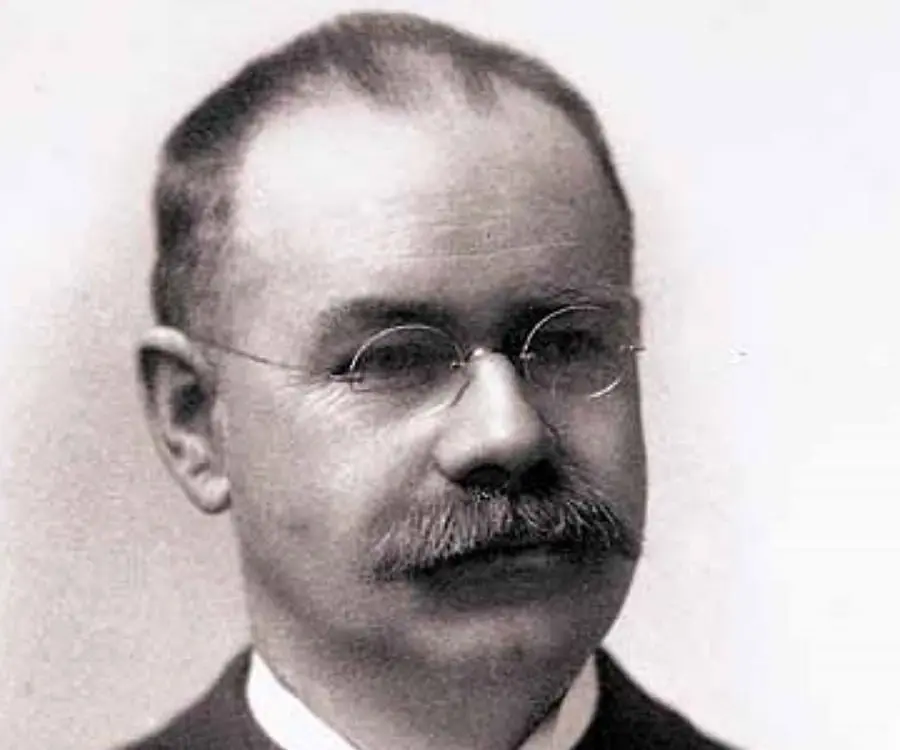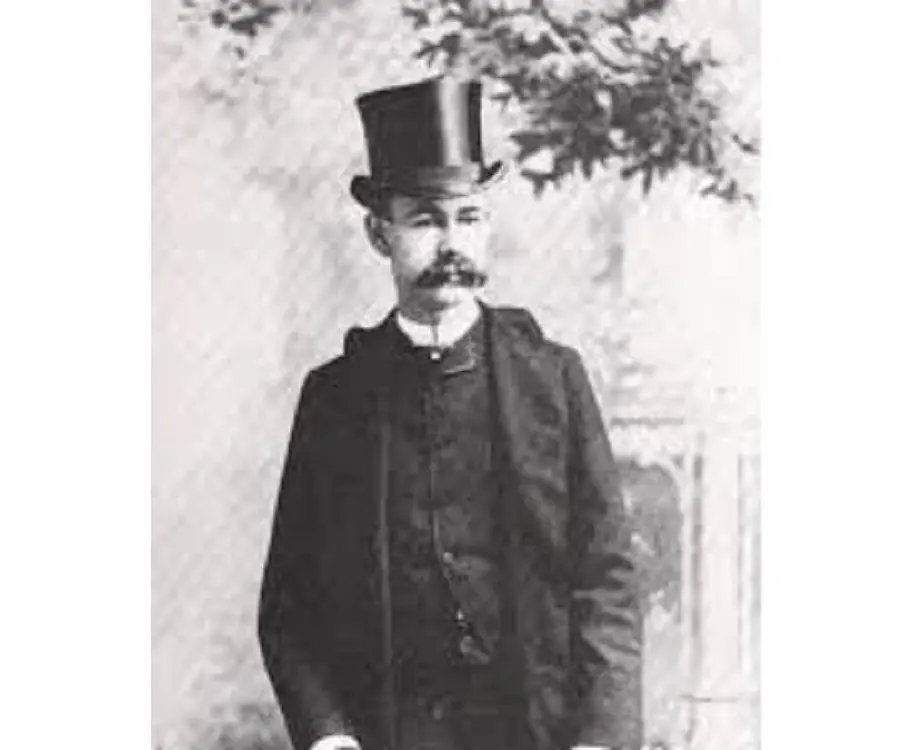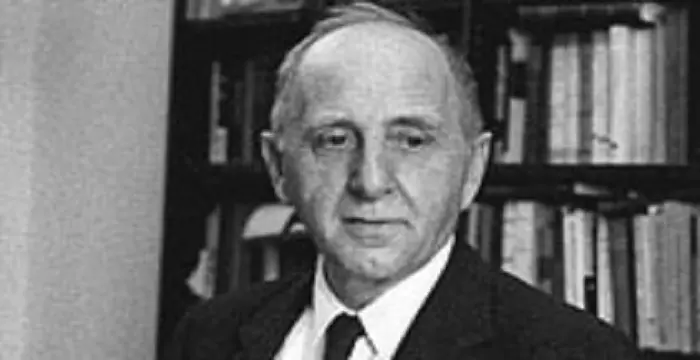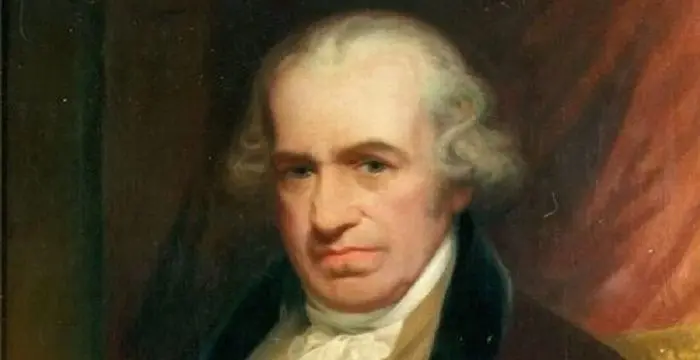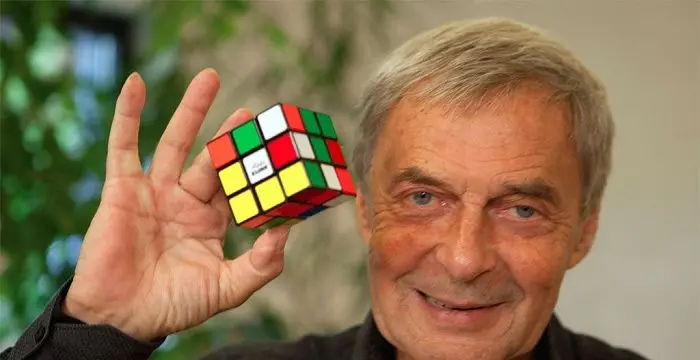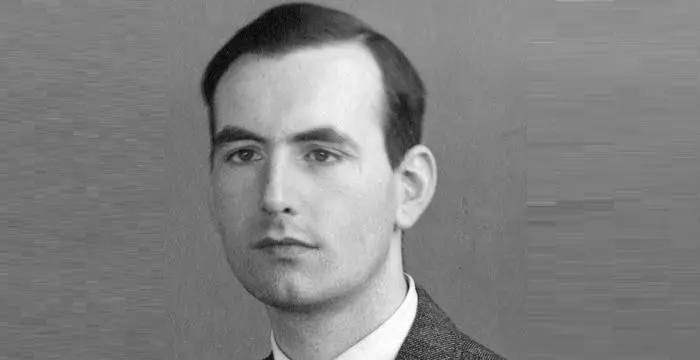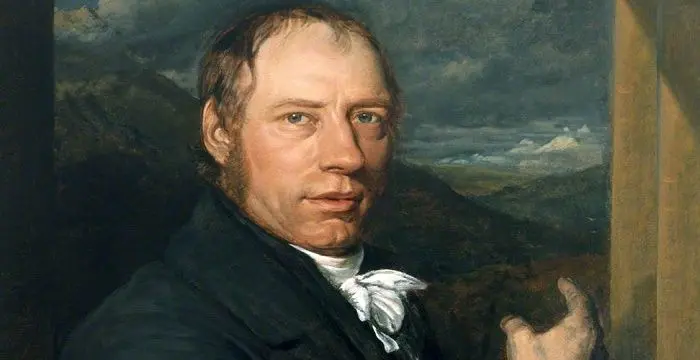Herman Hollerith - Father of Modern Automatic Computation, Career and Childhood
Herman Hollerith's Personal Details
Herman Hollerith was an American statistician and inventor, regarded as the father of modern machine data processing
| Information | Detail |
|---|---|
| Birthday | February 29, 1860 |
| Died on | November 17, 1929 |
| Nationality | American |
| Famous | Columbia University, Massachusetts Institute Of Technology, Inventors & Discoverers, Father of Modern Automatic Computation |
| Spouses | Beverley Talcott |
| Universities |
|
| Notable Alumnis |
|
| Discoveries / Inventions |
|
| Birth Place | Buffalo |
| Gender | Male |
| Father | Prof. Georg Hollerith |
| Mother | Franciska |
| Sun Sign | Pisces |
| Born in | Buffalo |
| Famous as | Father of modern automatic computation |
| Died at Age | 69 |
Herman Hollerith's photo
Who is Herman Hollerith?
Widely recognized as one of the founding fathers of modern automatic computation, Herman Hollerith was an American statistician who created a mechanical tabulator that rapidly arranged millions of pieces of data into statistics. His designs for tabulating and sorting machines and the key punch became the standard for the information processing/computing industry for almost a century. His developments influenced the computing field for nearly an entire century, and his contributions to modern computing were not limited to just the tabulating machine and sorter. He also created the first key punch and automatic card-feed mechanism and even took the first steps toward programming when he added a wiring panel to his 1906 tabulating machine. As a result, the machine could complete different tasks without having to be completely rebuilt. This innovation is considered the foundation of today's information processing industry. His invention was the forerunner of the computer, a device which affects virtually every facet of modern life. In addition to being an accomplished and ingenious inventor, he also founded one of the companies that would later become IBM. He is still remembered as one of the founding fathers of modern programming, the father of information processing, and the world’s first statistical engineer.
// Famous Massachusetts Institute Of Technology
Dolph Lundgren
Dolph Lundgren is a famous Swedish actor, film-maker, screenwriter and martial artist. This biography offers detailed information about his childhood, family, personal life, etc.
Joseph E. Stiglitz
Joseph E. Stiglitz is a Nobel Prize winning American economist. Check out this biography to know about his childhood, family life, achievements and other facts related to his life.
Richard Feynman
Richard Feynman was a Nobel Prize winning American physicist who proposed the theory of quantum electrodynamics. To know more about his childhood, career, profile and timeline read on
Childhood & Early Life
He was born on February 29, 1860 in Buffalo, New York to German immigrants, Prof. George Hollerith and his wife, Franciska (Brunn) Hollerith.
He attended the City College of New York in 1875 for his early education and was later enrolled at the Columbia University School of Mines.
At the university, he took the standard course of study which required both classes and practical work. He also visited local industries, such as metallurgical and machine shops, in order to understand how they functioned.
As an engineering student, he studied chemistry, physics, and geometry, as well as courses in surveying and graphics. In 1879, he graduated with distinction from the university with an "Engineer of Mines" degree.
He later obtained his doctorate degree from the Columbia University, although some historians say it was an honorary degree.
Career
In 1880, he got his first job at the U.S. Census Bureau as an assistant to his former teacher, William Petit Trowbridge. He met John S. Billings, director of the Census Bureau’s division of vital statistics, who first suggested the idea of developing a mechanical means to count the vast amount of raw data generated in their work.
His brief time at the Census Bureau and discussions with Billings, got him thinking that a machine like an automatic weaving device might be a replacement for hand counting. The machine could use punched cards for storing data and would reduce a considerable amount of time for processing the data.
In 1882, he became an instructor of mechanical engineering at the Massachusetts Institute of Technology (MIT). But after a while, he left it and went to St. Louis, Missouri, where he experimented with and designed an electrically activated brake system for railroads.
In 1884, he got a job with the U.S. Patent Office in Washington, D.C., where he remained until 1890.
Meanwhile, he developed a mechanism for recording information and coding data numerically. He discovered that, when punched in specific locations on a card, numbers could be used to record and sort data. He constructed his machines for the US Census Bureau, which used them to arrange data for the 1890 census.
His electric counting machines appreciably reduced tabulation time for the 1890 census and the complete data sets were completed within a considerably shorter period, compared to the 1880 census which took eight years.
His tabulating machines were also used in 1891 for censuses of Canada, Norway, and Austria. On the other hand, railroad companies used them to calculate fare information.
In 1896, he founded his own business, the ‘Tabulation Machine Company’. The census bureaus and insurance companies from all over the world leased and purchased his equipment to perform their own collation of data.
The existing system relied on his innovating card-feed mechanism and key punch but could only read specific census cards. In 1906, he improved his tabulating machine by adding a plugboard control panel. This allowed the machine to do other tasks without being rebuilt.
In 1911, he merged his company with three others to create the Computing Tabulating Recording Company (CTR). Later, the company was renamed to ‘International Business Machines Corporation’ (IBM), by then-president Thomas J. Watson.
In 1921, he retired from his post of consulting engineer in the organization. Eventually, he moved to his farm in rural Maryland, where he spent the rest of his life raising Guernsey cattle.
Major Works
He is best known for the invention of a mechanical tabulator using punched cards where data was stored to tabulate statistics. His designs for tabulating and sorting machines and the key punch became standard for the information processing/computing industry for almost a century.
He was the sole founder of the company, ‘Tabulating Machine Company’, which was later merged with others to form one of the most influential corporations of the computer age, IBM.
Awards & Achievements
In 1890, he received the ‘Elliott Cresson Medal’ from the Franklin Institute of Philadelphia for the outstanding invention of the year.
In 1892, he was awarded the ‘Bronze Medal’ at the World's Columbian Exposition for his achievements.
In 1990, he was inducted in the National Inventors Hall of Fame for his invention of the tabulating machine.
Personal Life & Legacy
He dated Kate Sherman Billings, daughter of Dr. John Shaw Billings for a brief period. He met Kate at the Census Bureau, where he used to work, after completing his graduation.
On September 15, 1890, he married Lucia Beverly Talcott. They were blessed with six children: Lucia, Nannie, Virginia, Herman, Richard, and Charles.
He died on 17 November 1929, in Washington, D.C., at the age of 69, due to heart failure.
// Famous Columbia University
Helen Morris
Helen Morris is a former book editor, TV producer and the wife of Academy Award winning director Martin Scorsese. Check out this biography to know about her birthday, childhood, family life, achievements and fun facts about her.
Simon Kuznets
Simon Kuznets was a noted Russian-American economist, statistician, demographer, and economic historian. Check out this biography to know about his childhood, family life, achievements and other facts related to his life.
Anna Paquin
Anna Paquin is a Kiwi film, theatre and television actress known for her roles in movies like ‘The Piano’, ‘Fly Away Home’, and ‘X-Men. This biography provides detailed information about her childhood, life, achievements, works & timeline.
Herman Hollerith's awards
| Year | Name | Award |
|---|---|---|
Other | ||
| 0 | Elliott Cresson Medal (1890) | |
| 0 | World's Columbian Exposition - Bronze Medal (1892) | |
| 0 | National Inventors Hall of Fame (1990) | |
Herman Hollerith biography timelines
- // 29th Feb 1860He was born on February 29, 1860 in Buffalo, New York to German immigrants, Prof. George Hollerith and his wife, Franciska (Brunn) Hollerith.
- // 1875He attended the City College of New York in 1875 for his early education and was later enrolled at the Columbia University School of Mines.
- // 1879As an engineering student, he studied chemistry, physics, and geometry, as well as courses in surveying and graphics. In 1879, he graduated with distinction from the university with an "Engineer of Mines" degree.
- // 1880In 1880, he got his first job at the U.S. Census Bureau as an assistant to his former teacher, William Petit Trowbridge. He met John S. Billings, director of the Census Bureau’s division of vital statistics, who first suggested the idea of developing a mechanical means to count the vast amount of raw data generated in their work.
- // 1880 To 1890His electric counting machines appreciably reduced tabulation time for the 1890 census and the complete data sets were completed within a considerably shorter period, compared to the 1880 census which took eight years.
- // 1882In 1882, he became an instructor of mechanical engineering at the Massachusetts Institute of Technology (MIT). But after a while, he left it and went to St. Louis, Missouri, where he experimented with and designed an electrically activated brake system for railroads.
- // 1884 To 1890In 1884, he got a job with the U.S. Patent Office in Washington, D.C., where he remained until 1890.
- // 1890Meanwhile, he developed a mechanism for recording information and coding data numerically. He discovered that, when punched in specific locations on a card, numbers could be used to record and sort data. He constructed his machines for the US Census Bureau, which used them to arrange data for the 1890 census.
- // 1890In 1890, he received the ‘Elliott Cresson Medal’ from the Franklin Institute of Philadelphia for the outstanding invention of the year.
- // 15th Sep 1890On September 15, 1890, he married Lucia Beverly Talcott. They were blessed with six children: Lucia, Nannie, Virginia, Herman, Richard, and Charles.
- // 1891His tabulating machines were also used in 1891 for censuses of Canada, Norway, and Austria. On the other hand, railroad companies used them to calculate fare information.
- // 1892In 1892, he was awarded the ‘Bronze Medal’ at the World's Columbian Exposition for his achievements.
- // 1896In 1896, he founded his own business, the ‘Tabulation Machine Company’. The census bureaus and insurance companies from all over the world leased and purchased his equipment to perform their own collation of data.
- // 1906The existing system relied on his innovating card-feed mechanism and key punch but could only read specific census cards. In 1906, he improved his tabulating machine by adding a plugboard control panel. This allowed the machine to do other tasks without being rebuilt.
- // 1911In 1911, he merged his company with three others to create the Computing Tabulating Recording Company (CTR). Later, the company was renamed to ‘International Business Machines Corporation’ (IBM), by then-president Thomas J. Watson.
- // 1921In 1921, he retired from his post of consulting engineer in the organization. Eventually, he moved to his farm in rural Maryland, where he spent the rest of his life raising Guernsey cattle.
- // 17th Nov 1929He died on 17 November 1929, in Washington, D.C., at the age of 69, due to heart failure.
- // 1990In 1990, he was inducted in the National Inventors Hall of Fame for his invention of the tabulating machine.
// Famous Inventors & Discoverers
Nikola Tesla
Nikola Tesla was a Serbian-American inventor, best known for his development of alternating current electrical systems. This biography of Nikola Tesla provides detailed information about his childhood, life, achievements, works & timeline.
Thomas Newcomen
Thomas Newcomen was a British inventor who developed the world’s first steam engine. Browse through this biography to learn in details about his life, career, works and timeline.
Erno Rubik
The famous inventor and educationist, Erno Rubik is known world-wide for his invention the ‘Rubik’s Cube’. To know more about the childhood, profile, timeline and career of this famous architect-inventor read on.
Ernst Ruska
Ernst Ruska was a German physicist who invented the electron microscope. Check out this biography to know about his childhood, life, achievements, works & timeline.
Howard Hughes
Howard Hughes was an American aviator, business tycoon, philanthropist and also a film maker. This biography explores his childhood, career, achievements and timeline.
Richard Trevithick
Richard Trevithick was a British inventor who was the pioneer of steam-powered road and rail transport. Check out this biography to know about his childhood, family life, achievements and fun facts about him.
Herman Hollerith's FAQ
What is Herman Hollerith birthday?
Herman Hollerith was born at 1860-02-29
When was Herman Hollerith died?
Herman Hollerith was died at 1929-11-17
Where was Herman Hollerith died?
Herman Hollerith was died in Washington, D.C.
Which age was Herman Hollerith died?
Herman Hollerith was died at age 69
Where is Herman Hollerith's birth place?
Herman Hollerith was born in Buffalo
What is Herman Hollerith nationalities?
Herman Hollerith's nationalities is American
Who is Herman Hollerith spouses?
Herman Hollerith's spouses is Beverley Talcott
What was Herman Hollerith universities?
Herman Hollerith studied at Columbia University,Massachusetts Institute Of Technology (MIT), Columbia University, City College of New York, Columbia University School of Engineering and Applied Science, Massachusetts Institute of Technology
What was Herman Hollerith notable alumnis?
Herman Hollerith's notable alumnis is Columbia University, Massachusetts Institute Of Technology (MIT)
What is Herman Hollerith's inventions/discoveries?
Tabulator, Punched Card was invented (or discovered) by Herman Hollerith
Who is Herman Hollerith's father?
Herman Hollerith's father is Prof. Georg Hollerith
Who is Herman Hollerith's mother?
Herman Hollerith's mother is Franciska
What is Herman Hollerith's sun sign?
Herman Hollerith is Pisces
How famous is Herman Hollerith?
Herman Hollerith is famouse as Father of modern automatic computation
